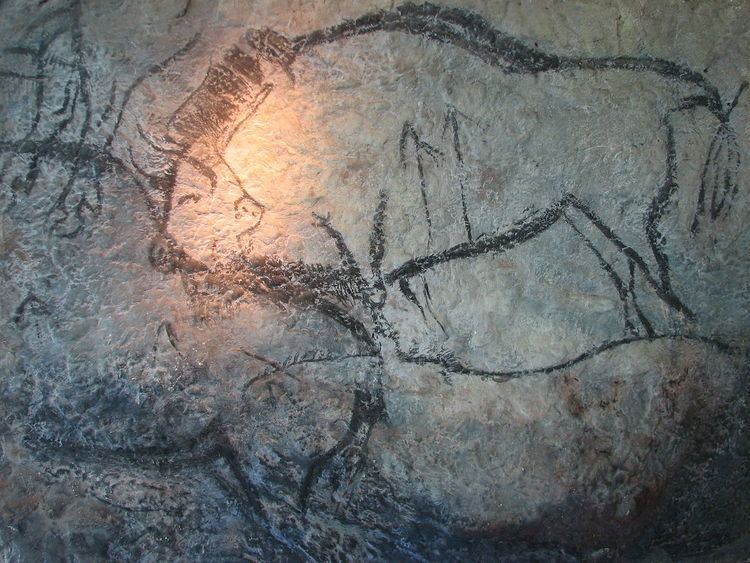Phone +33 5 61 05 10 10 | ||
 | ||
Part of caves in the Tarascon river basin Hours Open today · 11AM–5PMTuesday11AM–5PMWednesday11AM–5PMThursday11AM–5PMFriday11AM–5PMSaturday11AM–5PMSunday11AM–5PMMonday11AM–5PM Similar Parque pirenaico del arte p, Lombrives, Cueva de Mas d'Azil, Font‑de‑Gaume, Pech Merle | ||
Grotte de niaux cave of niaux france visit france travel to france famous place in france
The Cave of Niaux (French: Grotte de Niaux) is located in the Niaux commune, Ariège département in south-western France as part of a wider geological system that includes the Sabart Cave and Lombrives Cave in the hill of Cap de la Lesse de Bialac. The Niaux cave's system is complex and has a combined length of more than 14 km (8.70 mi) of underground passages and chambers. An archaeological site with a documented history of Paleo-human presence, Niaux contains numerous distinct areas and galleries of carefully drawn and vivid wall paintings, executed in a black-outlined style typical of the classic Magdalenian period, between 17,000 and 11,000 years ago.
Contents
- Grotte de niaux cave of niaux france visit france travel to france famous place in france
- Overview
- Research
- Site
- Black Hall panel
- References
Overview
According to graffiti and numerous inscriptions on its walls, Niaux Cave was frequented by tourists since at least 1602 unaware of the origin and age. Félix Garrigou, prehistorian and hydrologist, known for his investigations of caves of southern France visited the site in 1864. He is the first person attributed to a documented suspicion - notes in his diary - about the true identity of the site.
Research
Only after a Commander Molard and his sons had discovered the gallery of Salon Noir and published a plan of the cave did Niaux attract specialists' attention in 1906. It was investigated by Henri Breuil and Emile Cartailhac a year later and received full-scale recognition. In 1925 J. Mandeman found another gallery with black paintings and called it Cartailhac Gallery. In 1971, a major scientific examination was undertaken by Jean Clottes and Robert Simonnet and in 1980 and 1981 a team of scientists made in inventory of all the pictures in the cave.
Site
Niaux Cave, situated in a steep-sided valley in the commune of Vicdessos in the Tarascon basin is one of the few cave systems left where exceptional prehistoric paintings can still be viewed by the public. The previously unrecorded separate Reseau Clastres network has been found only as recently as 1970. It holds a series of prehistoric 'footprints' and a rare charcoal sketch of a weasel.
Black Hall panel
"The base of the stone is not colored and the range is restricted for the figures: black and some red for a few of the signs.
The predominating animal is the bison, represented in the upper part of the panel. The bison standing out in the left central part is usually catalogued as a female, due to the shapes presented, such as the scarcely prominent hump. By contrast and in opposition to this is the male, found on the right-hand side and showing a more prominent hump.
A facsimile of Niaux’s Salon Noir (in its pristine form), as well as of other figures in the cave and the Réseau Clastres, is displayed in the nearby Park of Prehistoric Art, near Tarascon-sur-Ariège.
